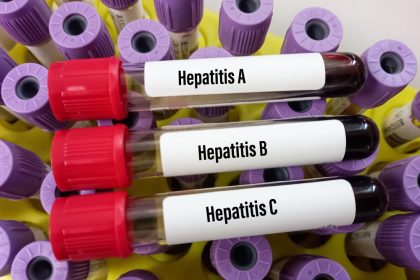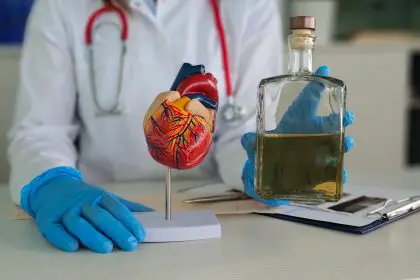Nearly 84,000 Americans will receive a bladder cancer diagnosis this year, yet most people remain unaware of the early warning signs that could save their lives. This silent disease often masquerades as common urinary problems, leading patients to delay seeking medical attention until the cancer has progressed to more advanced stages.
The American Cancer Society reports that bladder cancer ranks as the fourth most common cancer in men and affects women at increasing rates. Despite these alarming statistics, public awareness remains surprisingly low compared to other cancers that receive more attention in media campaigns and fundraising efforts.
Understanding the subtle symptoms
The most common early symptom involves blood in urine, which may appear bright red or cola colored. However, the blood often comes and goes, creating a false sense of security when it temporarily disappears. Many patients dismiss this crucial warning sign, attributing it to minor infections or other benign causes.
Other symptoms that frequently go unnoticed include increased urination frequency, particularly at night, along with urgent feelings to urinate even when the bladder contains little fluid. Pain or burning during urination, similar to urinary tract infections, can also signal developing bladder cancer.
Who faces the highest risk
Smoking cigarettes represents the single greatest risk factor, with smokers facing three times higher chances of developing bladder cancer compared to non smokers. The chemicals in tobacco smoke concentrate in urine, directly exposing bladder tissue to carcinogens over extended periods.
Age plays a significant role, with most diagnoses occurring in people over 65. Men develop bladder cancer at nearly four times the rate of women, though recent research suggests this gap may be narrowing as smoking patterns among women have changed over recent decades.
Occupational exposure to certain chemicals, particularly in industries involving dyes, rubber, leather, and petroleum products, increases risk substantially. Workers in these fields often remain unaware of their elevated risk until decades after exposure.
Modern treatment approaches
Treatment options have expanded significantly in recent years, offering hope for patients diagnosed at various stages. Surgery remains the primary treatment for early stage bladder cancer, with many patients undergoing procedures that preserve bladder function while removing cancerous tissue.
Immunotherapy has emerged as a revolutionary treatment option, helping patients’ immune systems recognize and attack cancer cells more effectively. This approach has shown remarkable success in cases where traditional chemotherapy proved ineffective.
The importance of early detection
When caught early, bladder cancer has a five year survival rate exceeding 95 percent. However, this rate drops dramatically when the disease spreads beyond the bladder wall, emphasizing the critical importance of recognizing symptoms early and seeking prompt medical evaluation.
Prevention strategies that work
While not all bladder cancers can be prevented, certain lifestyle changes significantly reduce risk. Quitting smoking represents the most important step, with risk decreasing substantially within just a few years of cessation.
Staying properly hydrated helps flush potential carcinogens from the urinary system, while maintaining a diet rich in fruits and vegetables may provide protective benefits. Regular exercise and maintaining a healthy weight also contribute to overall cancer prevention.
Medical professionals emphasize that anyone experiencing persistent urinary symptoms should consult their doctor promptly, rather than waiting for symptoms to worsen or resolve on their own. Simple tests, including urine analysis and imaging studies, can quickly determine whether further evaluation is necessary.
The key to beating bladder cancer lies in awareness, early detection, and prompt treatment. By understanding the warning signs and risk factors, individuals can take proactive steps to protect their health and catch this disease when treatment options are most effective.

















